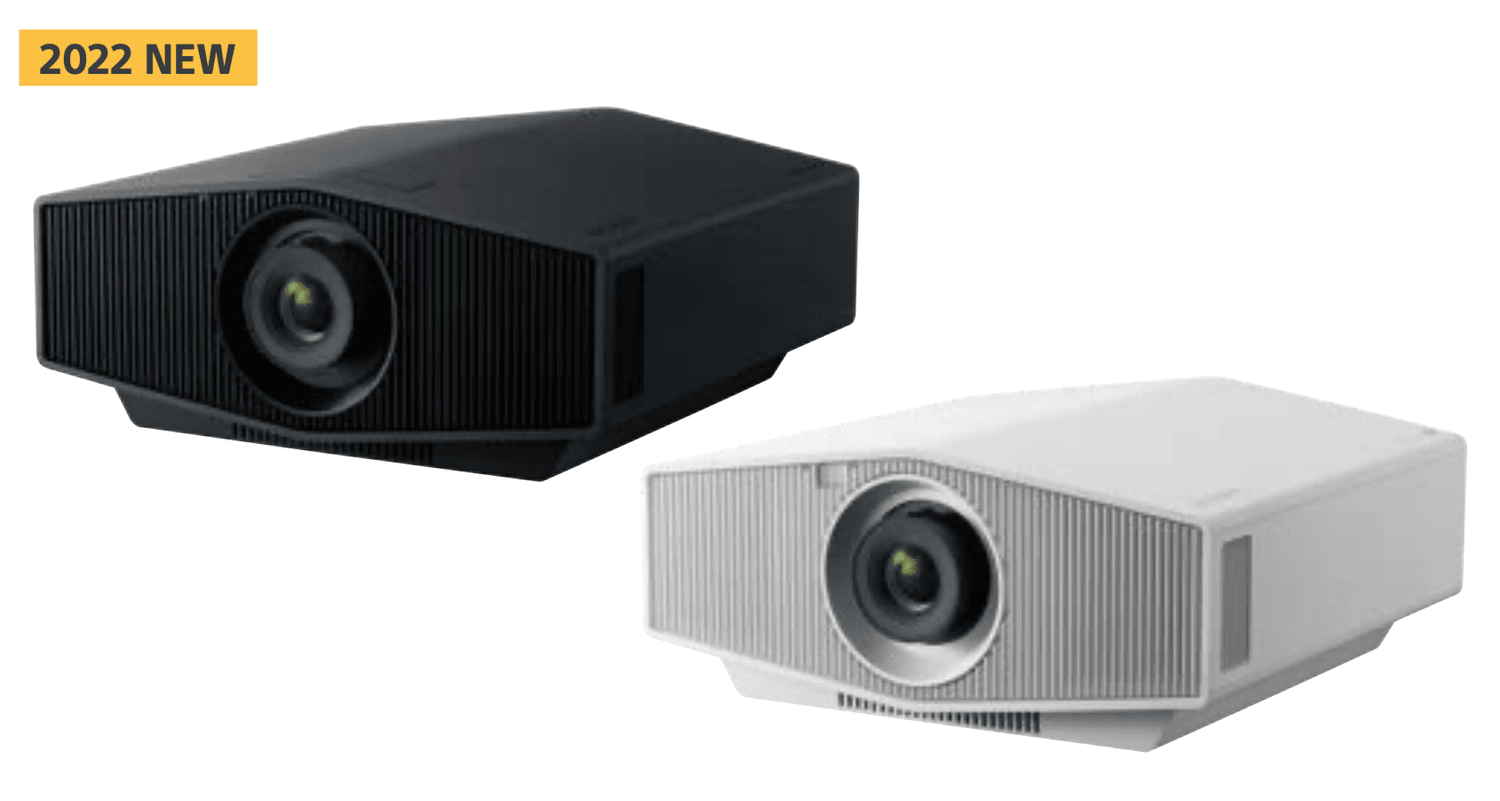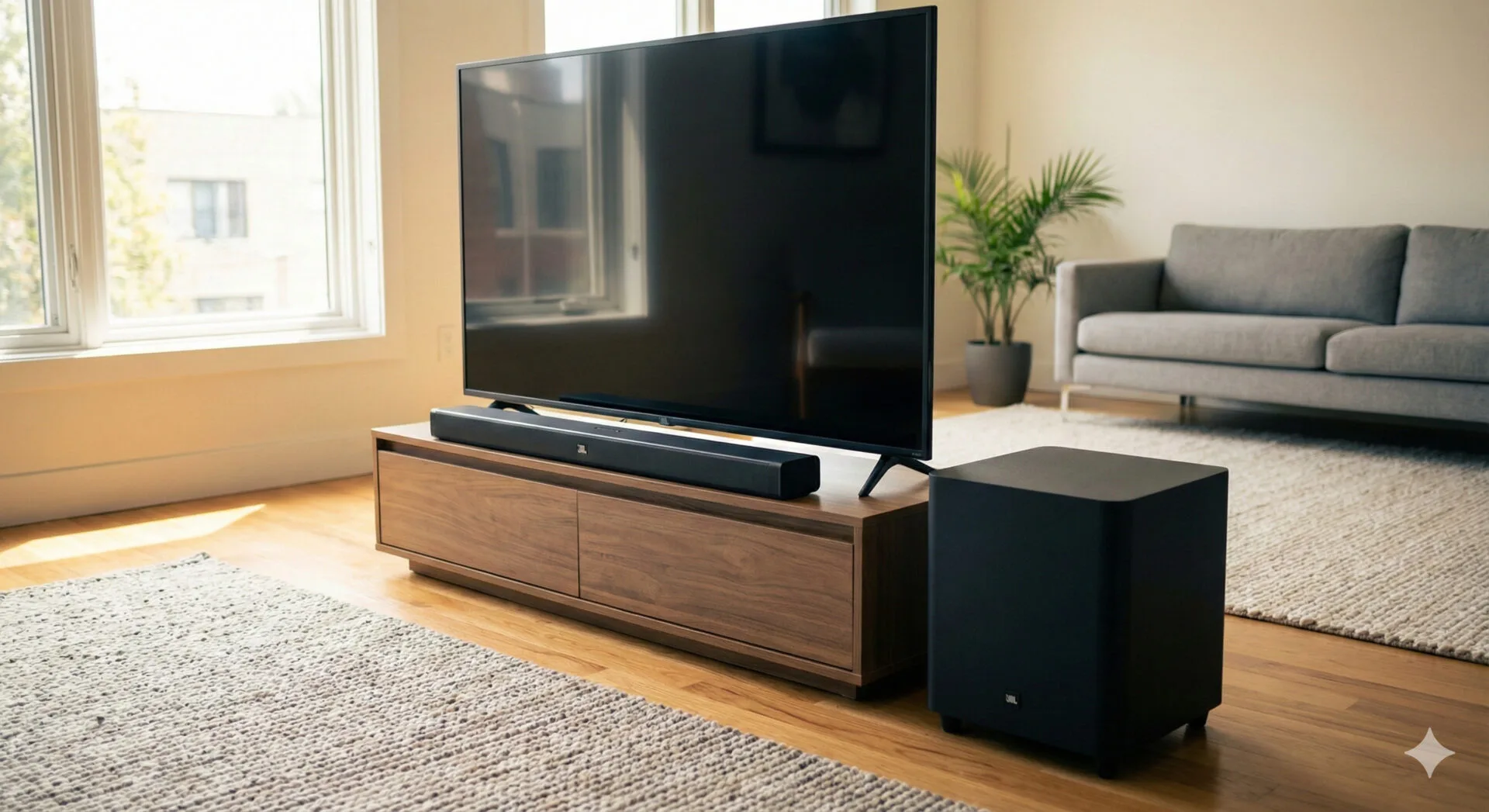Creating a home theater is one of the most exciting upgrades you can make to your living space. Whether you’re a film buff, sports fan, or binge-watcher, nothing beats the immersive feel of a large-screen viewing experience. At the heart of that experience is one critical component: the home cinema projector.
Unlike TVs, projectors bring that true “big screen” magic into your home—provided you choose the right one. But with so many models and specs out there, how do you know which projector is right for you? In this comprehensive guide, we’ll break down the most important features to consider when choosing a home cinema projector, so you can turn any room into a private movie paradise.
1. Resolution: Clarity Is King
One of the first specs you’ll notice when shopping for a projector is its resolution. This determines the number of pixels the projector can display—and directly impacts image sharpness.
Full HD (1080p): A great choice for those who want high-quality visuals without breaking the bank. Perfect for Blu-ray movies and most streaming platforms.
4K Ultra HD: If you’re looking for top-tier image clarity and have the budget, 4K projectors offer a significant upgrade. They’re ideal for larger screens or rooms where you’ll sit close to the image.
8K (Emerging): While rare and very expensive, 8K projectors are starting to enter the market. However, native 8K content is still limited.
Tip:
Don’t just focus on resolution—make sure the projector also supports HDR (High Dynamic Range) for richer colors and deeper contrast.
2. Brightness: Match the Room Environment
Brightness, measured in lumens, determines how well your projector performs in various lighting conditions.
1,500–2,500 lumens: Ideal for dark or dedicated theater rooms.
2,500–3,500 lumens: Suitable for rooms with some ambient light.
3,500+ lumens: Great for multi-purpose spaces or daytime viewing.
While more brightness might sound better, too much in a dark room can wash out the image. It’s all about balance.
3. Contrast Ratio: Depth and Definition
Contrast ratio refers to the difference between the darkest black and the brightest white your projector can display. A high contrast ratio delivers more depth, sharper detail, and a more cinematic feel.
For example, a contrast ratio of 100,000:1 is superior to 10,000:1, especially noticeable in shadowy scenes or dark films. While specs can sometimes be inflated by manufacturers, real-world testing (through reviews or demos) often tells the true story.
4. Throw Distance and Zoom: Room Size Matters
The throw distance is the space required between your projector and screen to achieve a specific image size.
Short Throw Projectors: These require less space—ideal for smaller rooms or if you want the projector close to the screen.
Ultra Short Throw (UST): Can sit just inches away and still produce large images. Great for limited spaces or sleek setups.
Standard Throw Projectors: Typically need 8–12 feet or more. Perfect for large or dedicated home theaters.
Also look for zoom and lens shift features to help with flexible placement without distorting the image.
5. Light Source: Lamp, LED, or Laser?
Projectors use different types of light sources, each with its own pros and cons.
Lamp-Based: Traditional and usually more affordable. Lamps typically last 3,000–5,000 hours and need replacement.
LED: Energy-efficient and long-lasting (up to 20,000 hours), with low heat and quieter operation.
Laser: Premium option with excellent brightness, color accuracy, and a lifespan of 20,000+ hours. Often found in high-end projectors.
While LED and laser projectors come at a higher price point, their longevity and low maintenance can justify the cost in the long run.
6. Color Accuracy and Picture Processing
Color performance plays a massive role in creating that “wow” factor. Look for projectors with support for:
HDR10 or Dolby Vision
Wide color gamut (DCI-P3 or Rec. 709)
Good color calibration tools or presets
Some projectors also include image processing features like frame interpolation (for smoother motion) or dynamic contrast adjustment, which can enhance the visual experience even further.
7. Built-In Features and Connectivity
Make sure the projector fits your setup and content needs by checking for these features:
HDMI Ports: At least two, ideally HDMI 2.0 or higher.
USB: For media playback or firmware updates.
Wi-Fi & Bluetooth: For wireless streaming, screen mirroring, or connecting to soundbars.
Smart Functionality: Some projectors run on Android TV or have built-in apps like Netflix, YouTube, and Prime Video.
Also, consider audio output options if you plan to connect external speakers or a surround sound system.
8. Sound: Built-In vs. External Audio
Most projectors come with built-in speakers, but these are typically basic and not ideal for a true theater experience. For optimal sound:
Use an external soundbar, AV receiver, or home theater speaker system.
Ensure your projector has audio out ports (like 3.5mm jack, optical, or HDMI ARC).
Some high-end models (especially UST projectors) come with surprisingly good built-in sound—but they still can’t beat a dedicated audio setup.
9. Screen Compatibility
Don’t overlook the importance of a quality screen. The type of screen you choose can dramatically affect picture quality:
Matte White: Versatile and affordable.
Ambient Light Rejecting (ALR): Designed for brighter rooms.
Gray Screens: Improve black levels in dark environments.
Size, gain, and fixed vs. retractable screens are all factors to consider, depending on your room layout and design.
10. Budget and Brand Considerations
Pricing can range from a few hundred to several thousand dollars. Set a budget but keep in mind the balance between features, performance, and future-proofing.
Stick to trusted brands that offer warranties, good customer support, and a track record of quality.
Final Thoughts
A home cinema projector is more than just a display—it’s the gateway to a truly immersive viewing experience. By understanding key specs like resolution, brightness, contrast ratio, and throw distance, you can make a confident choice that fits both your space and your entertainment needs.
Whether you’re watching the latest blockbuster or streaming your favorite series, the right projector can bring the magic of the movies right into your living room.






Leave a Reply